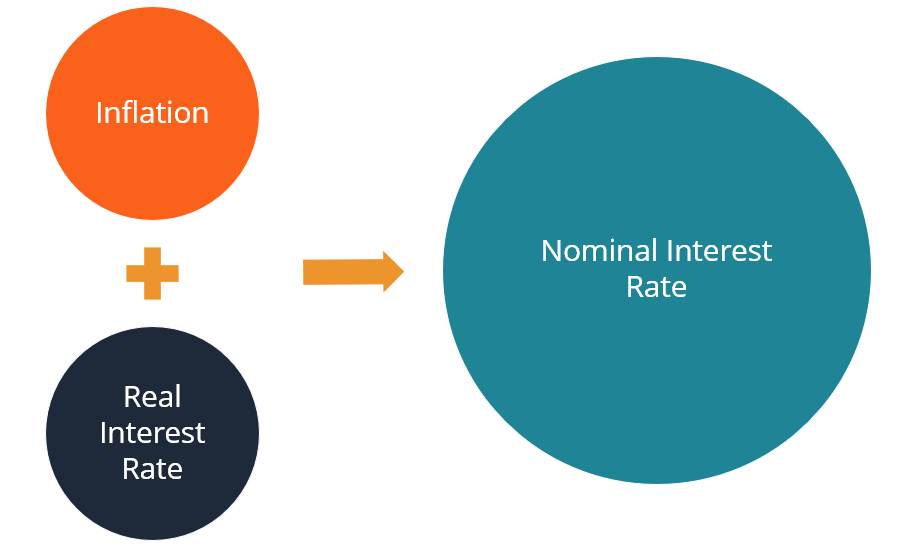Interest Definition in Finance and Economics. Interest is a payment by a debtor or a lender to an investor or depositor at a certain rate above the principal amount of an investment. It is different from a fee that the debtor might pay to a third party or the lender. There is also a difference between the amount of money received by the bank from the borrower and the amount that he must pay the bank as interest. As the name implies, the interest is the monetary reward for an action or performance.
Interest is a term of art that pertains to the payment of interest payments on a debt. It may also refer to the interest on the proceeds of borrowing. In economics, the interest is used to describe how a fixed rate of interest is determined to the lender. Interest is the difference between the money lent to the borrower and the total cost of the loan.
The basic principle of interest is that the interest rate is determined by the price paid by the creditor or the borrower for a unit of money. The payment of interest is based on the time preference or premium of the borrower and the interest rate by the creditor.
Interest definition in finance is very important because interest determines the value of money. Interest refers to the monetary reward for a certain performance or action. Money is defined as "the value that one gives for the transfer of another quantity of goods." Money is a medium of exchange that serves as a source of liquidity. Money acts as a promise or security for any debt.
If money is valuable, the supply of it will be limited. If there is a limited supply of money, the demand for it will be high. Therefore, the prices of all goods will be more than the supply of money. Therefore, if the supply of money is less than the demand for it, there will be a situation of price controls. This condition can be identified as deflation. A situation of price controls is characterized by a decrease in the price level.
When a country has a monetary system with a fixed interest rate, this type of interest system is called a fiat money system. This means that the government does not issue its own money. instead, it issues a debt obligation that is backed up by the currency. If the government loses its role in the issuing of its money, then it will lose control over the money supply.

A fiat money based monetary system is not stable
When a government fails to issue a specific amount of currency, the money supply will be fluctuating, depending on the economic condition of that government. The supply of money also depends on the demand for it. Governments do not have to raise interest rates until the value of their money declines. The United States has an interest rate that is fixed by the Federal Reserve Bank.
Central banks have been set up to provide a central monetary planning in the United States, in order to stabilize the monetary system. The Federal Reserve Banks are privately owned institutions. They operate independently from governments.
The United States Federal Reserve System is an example of central banks. It is a system of twelve banks. These banks issue both federal reserve notes and the coins that are used to pay for goods. The Federal Reserve System makes interest payments on the notes and coins that are issued from the banks. This interest is called a Federal Reserve Notes.
Central banks are usually located near the central business districts of cities and towns. Most cities have banks in them. Each bank is a corporation. Some cities also have branches of other banks. The branches are known as banks that specialize in a particular financial product or service. The headquarters of banks are located close to the major business districts.
Central banks can be government owned or privately owned banks. The majority of banks are publicly owned. Central banks make their money by purchasing government bonds and debentures.

